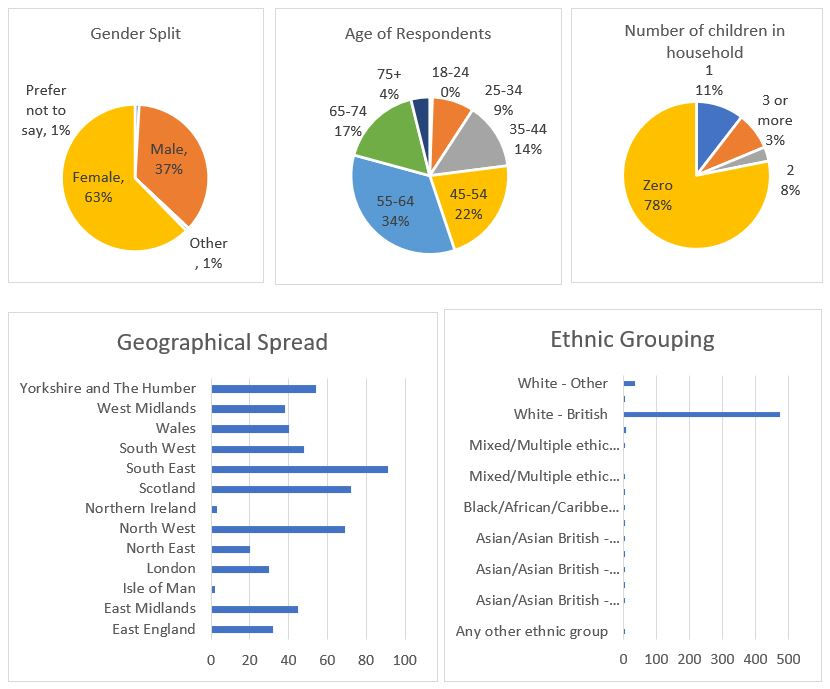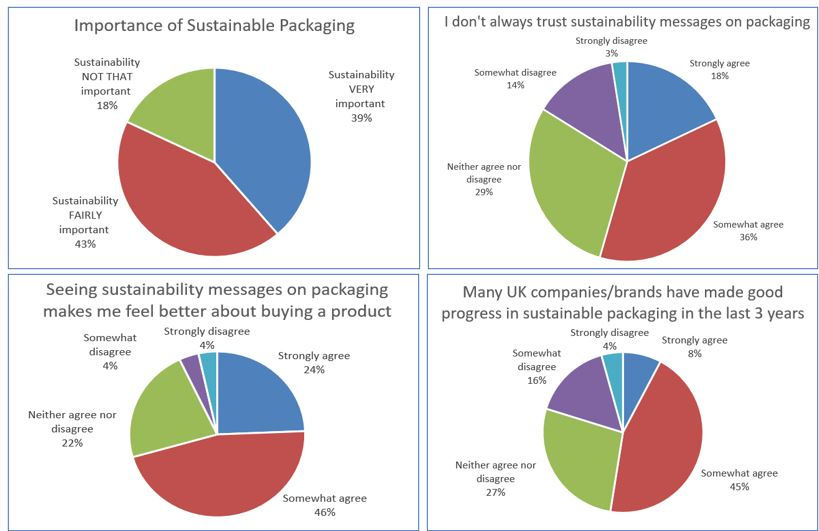Customer Perceptions of Packaging Sustainability
- Rob Thompson

- Jan 5, 2023
- 2 min read
Updated: Jan 27, 2023
Following the literature review, it became clear that consumer sovereignty remains a key driver of business CSR activity (Ehgartner, 2018, Stern and Ander, 2008), and that CSR is a valuable source of brand legitimacy (Overman, 2014, Lindblom, 1994, Brown and Deegan, 1998; Deegan, 2011). To develop an understanding of customer perceptions of the organisation’s packaging materials, I undertook primary research through an online questionnaire survey method to investigate customer attitudes towards packaging and sustainability, gathering questionnaire responses from members of the focal co-operative. Following a pre-test of the questionnaire through consultation with customer insight colleagues, a sample of responses was drawn from the organisation’s membership using a web-based portal in September 2021. Given that the survey was concerned with customer attitudes towards sustainable packaging solutions and plastic reduction, the questionnaire was addressed directly to the members and customers of the organisation and completed online using the portal. Access to the survey was by email invitation and all informants received a personalised communication with a covering letter and access link to the online survey. 544 members agreed to respond.
To maintain objectivity in survey responses, members were asked a series of screening questions to ascertain sociodemographic representation, including gender, age, geographical location, household demographic, ethnic background, and shopping habits. This allowed respondents to be categorised according to the organisation’s method of customer segmentation.

The results showed that most respondents (35%) were traditional shoppers, 23% were ‘Foodies’, 19% were cash conscious customers, and 13% were looking for a quick and easy meal solution. I learned that using insight teams to generate this type of data is much more effective than attempting to contact respondents myself. They had existing links to members and were able to automate the questionnaires, meaning I was able to reach a much wider range of respondents with a representative sociodemographic spread in line with the organisation’s targeted customer segmentation. I learned not to trust my locus of control where other teams are better placed to deliver outputs.

Survey results indicated that most respondents thought sustainable packaging was fairly or very important (82%), that sustainability messages make them feel better about buying products (70%), and that UK businesses were making progress (53%). However, a majority also thought that businesses use sustainability messages as a marketing tool to drive profits (75%), don’t trust sustainability messages on pack (54%), and felt the sustainability of packaging materials used by the organisation was less than ‘good’ (56%).

Respondents ranked five sustainability initiatives in priority order. They felt that reducing single use plastics was the most impactful, followed by reducing the overall amount of packaging, using common recyclable materials, reducing the carbon impact of packaging and, finally, using niche, innovative materials. I learned that attitudes to sustainability in packaging are nuanced and that customers respond positively to plastic reduction stories but are sceptical of attempts to use packaging sustainability stories as a tool to increase profit.





Comments